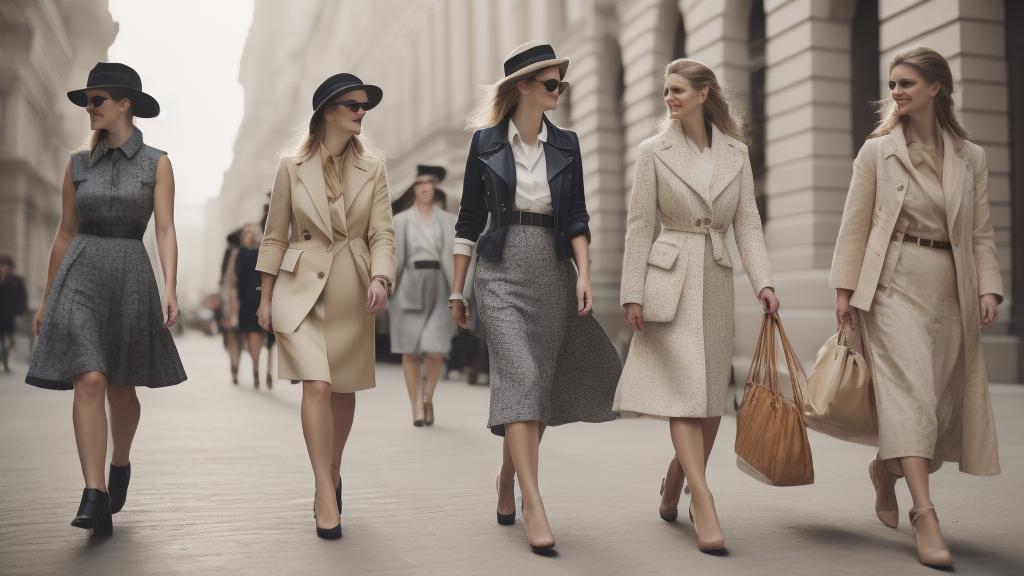In an era increasingly defined by urgency around climate change and sustainability, the fashion industry is undergoing an intriguing transformation. Gone are the days when clothing was merely disposable or subject to the fleeting whims of seasonal trends. Today, a new wave of designers and consumers are embracing the old mantra: quality over quantity. Vintage fashion, once relegated to the back shelves or novelty status, is now at the forefront of this movement. But why exactly is vintage making such a compelling comeback?
The cultural shift towards eco-consciousness is at the heart of this resurgence. With environmental concerns reaching a fever pitch, fashion aficionados are becoming more aware of the carbon footprint left behind by fast fashion. Vintage fashion, with its emphasis on reusing and recycling, offers a compelling alternative. This is about more than just reducing waste; it’s about celebrating the longevity and craftsmanship of bygone eras.
Moreover, vintage fashion delivers a unique, individualized style—a distinct departure from the homogenized looks often propagated by modern brands. Wearing something vintage offers not only a nostalgic trip back to fashion's past but a statement of personal style unencumbered by the current industry trends. Whether it’s the thrill of the hunt or the satisfaction of discovering a hidden gem, fashion lovers are flocking to vintage shops and online platforms dedicated to older sartorial treasures.
The impact of influential figures and celebrities has also played a significant role in promoting vintage fashion. Celebrities like Zendaya and Harry Styles have been spotted donning retro looks on the red carpet, further solidifying vintage as chic. Brands and designers are tapping into this, collaborating with vintage shops or launching lines that pay homage to past styles. These collaborations offer the allure of exclusivity while reducing the fashion industry's environmental impact.
Technology, too, has facilitated this vintage fashion renaissance. Online platforms have enabled vintage clothing to be accessible to anyone with a smartphone, expanding the market beyond the dusty racks of thrift stores. With AI-driven recommendation engines and social media algorithms spotlighting unique vintage finds, younger generations are discovering treasures as easily as they follow their favorite influencers.
However, while vintage fashion is a more sustainable choice, it isn’t the sole solution to the industry’s environmental issues. It's imperative to broach the conversation about the sustainability of production methods in broader terms, addressing labor rights, production ethics, and other environmental impacts not solved by vintage alone.
The road ahead for fashion is undeniably challenging. But with careful stewardship and a renewed interest in vintage fashion as a sustainable choice, the industry has an opportunity to align closer with eco-friendly practices. In doing so, it not only honors the legacy and craftsmanship of past fashion but pioneers a future that is as conscientious as it is stylish.
As the movement gathers pace, it is crucial that individuals, brands, and policy-makers alike continue to advocate for a fashion industry that respects our planet and champions sustainability without sacrificing style. After all, fashion has the power to be revolutionary—not just in design, but in practice, too.
Embracing vintage: the resurgence of sustainability in fashion

